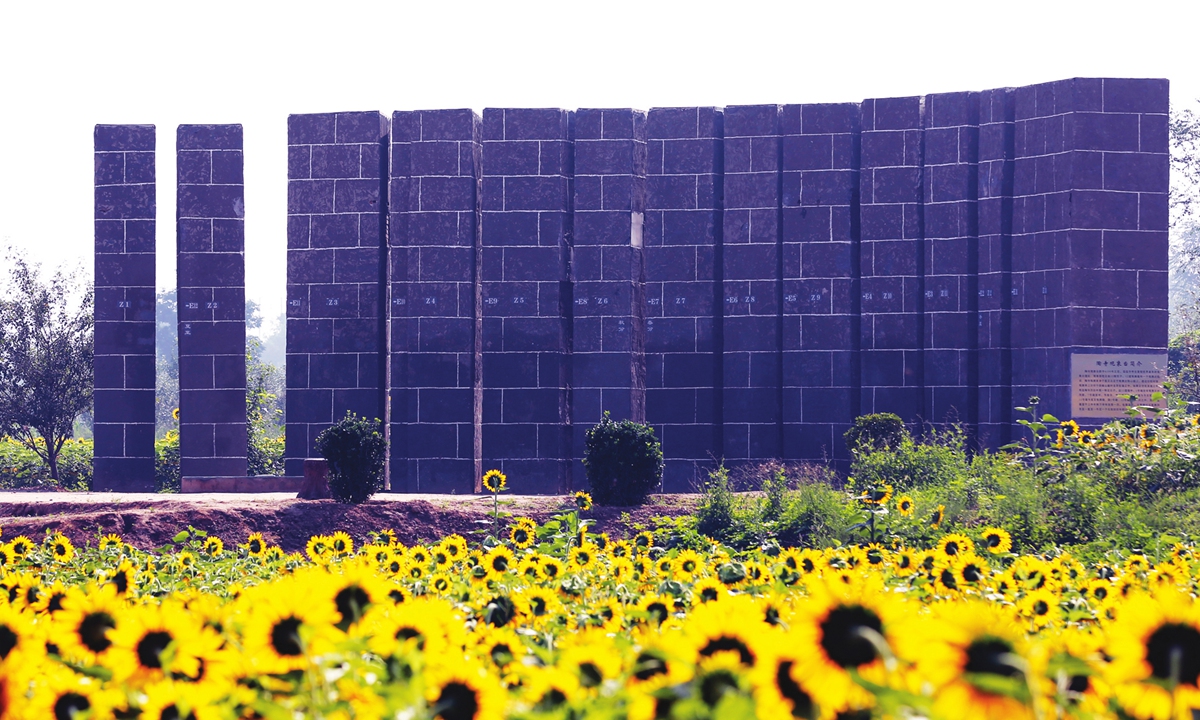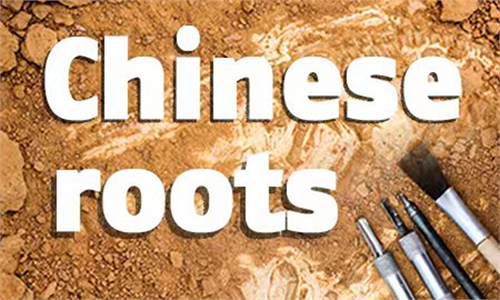ARTS / CULTURE & LEISURE
Chinese roots

The Taosi observatory Photo: IC
Taosi Ruins: archaeological site with the world's earliest observatoryLocated in the Xiangfen county, North China's Shanxi Province, the Taosi Ruins date back to 3,900 to 4,100 years ago. The ruins cover an area of 2.8 million square meters along the Yellow River. Archaeologists first discovered the site in 1978 and later published the results of their research in June 2015, sparking wide academic discussion around the world.
Based on history records, researchers believe that Taosi was the capital of the Emperor Yao. The ruins are regarded as one of the origins of China's long civilization.
Spanning 130,000 square meters in total, the royal palace was built in northeastern part of the city.
"The northeastern part of the city is the center of the ruins and was the living area for the nobles at the time," He Nu, a researcher at the Institute of Archaeology of the Chinese Academy of Social Sciences, told the Xinhua News Agency.
An area far from the city center to the southwest was a handicraft workshop.
In 2010, archaeologists conducted detailed research of the area and found evidence of pottery and stone tool manufacturing as well as other handicrafts from around 4,000 years ago.
In addition, the site has a well-organized land distribution divided in to living area, cemetery, and sacrificial area.
The Taosi Ruins also have evidence of the world's earliest known astronomy and climatology tools.
At first, researchers noted 13 uniquely arranged rammed earth pillars. After two years of research scientists theorize that the columns were in fact part of an ancient observatory that the Taosi people built 4,100 years ago, making it the world's earliest observatory found so far.
Archaeologists told local media that one day an archaeologist stood near the pillars and clearly saw a light shining through them.
"That moment was really amazing and it was remarkable to find out they were able to observe the sky [through this method]," said archaeologist Zhang Guanshi.
In addition, mud was used to seal a kiln that was also found at the site. Food archaeologists believe that this type of kiln was made for cooking.
"Make a fire to heat the stone underneath to as hot as possible, then remove the fire and put the food inside the kiln and seal it. You can see it as a method to cook stew," added Zhang.
Global Times

